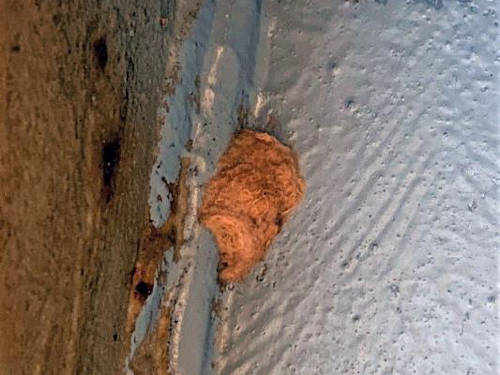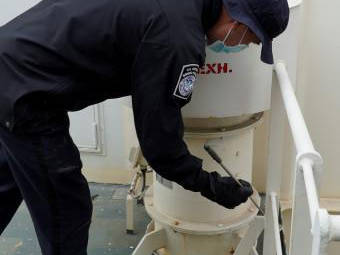U.S. Customs and Border Protection (CBP) agriculture specialists stationed at the Portland, Oregon seaport intercepted three Asian gypsy moth (AGM) egg masses on October 19, 2020. Each of these masses can contain hundreds of eggs hatching this devastating plant pest. The interception marks the fifteenth discovery by Portland’s agriculture specialists of this year’s AGM season.

“This pest has the potential to decimate forest resources and agriculture production,” said Tyler Porter, Area Port Director for U.S. Customs and Border Protection in Portland. “CBP’s AGM interceptions positively impact both our forestry and tourism industries, helping our beautiful Oregon timbers and trails remain for all to enjoy.”

CBP has taken a strategic, proactive approach to combat this threat. In 2019, CBP Agriculture interceptions of AGM were at an all-time high. AGM (Lymantria dispar) is a voracious pest that can eat the foliage of more than 500 different species of forest trees and other plants. This pest is of particular concern because AGM has the potential to spread quickly since the female moth can fly up to 25 miles. If established in the United States, AGM could decimate America’s forest resources and agriculture production.







